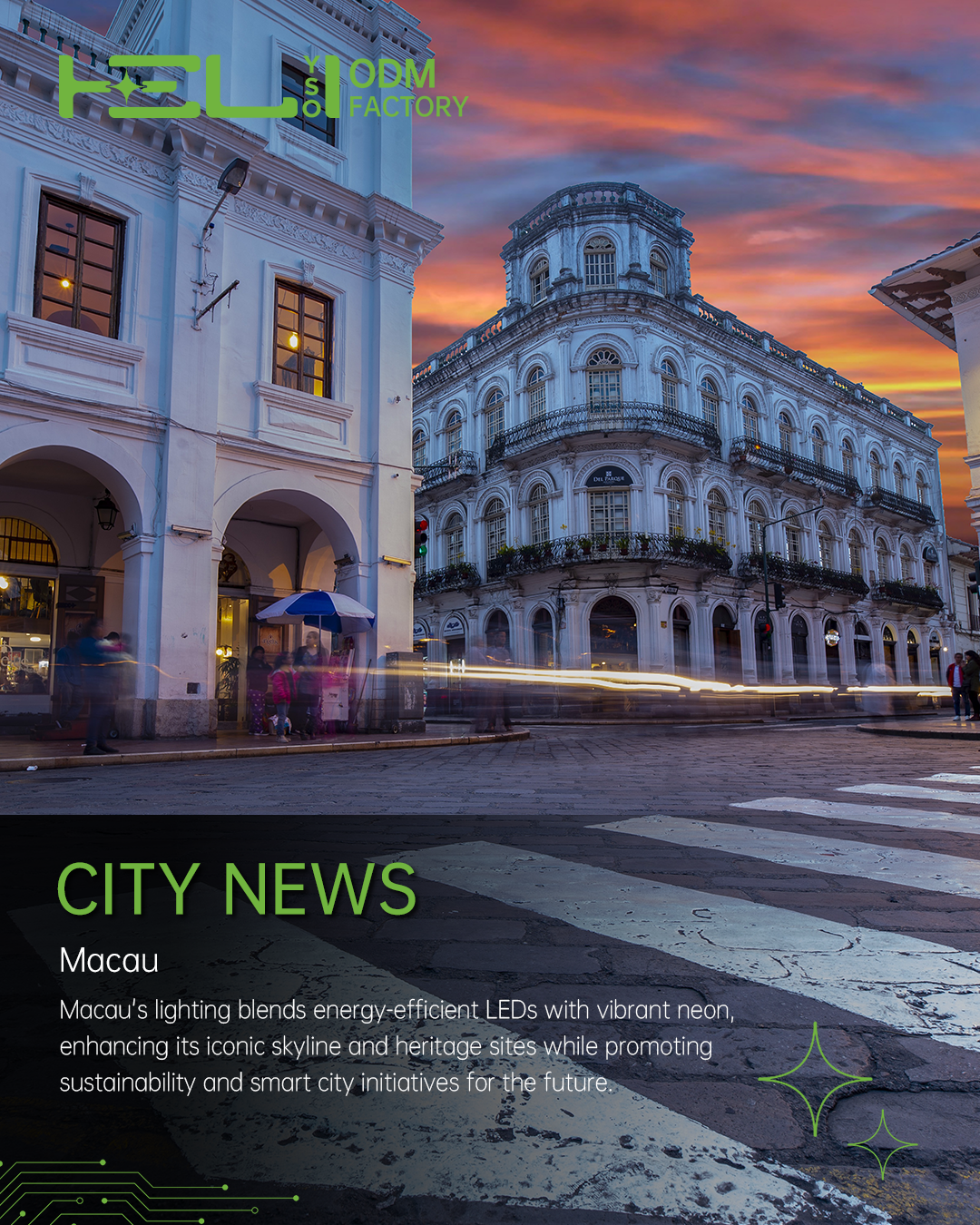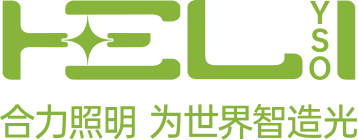China LED Lighting Foundry Industry Market Analysis and Prospects for Foreign Trade Cooperation in Asia, Africa and Latin America Research Report (2024-2025)
I. Overall size and structural characteristics of the industry
China’s LED lighting foundry market size is expected to reach RMB 285 billion in 2024, a year-on-year growth of 7.8%, accounting for 68% of the total global LED lighting manufacturing. Among them, the Pearl River Delta region (Guangdong, Fujian) gathered 62% of the foundry enterprises in the country, and the Yangtze River Delta region (Zhejiang, Jiangsu) accounted for 24%, forming an obvious industry cluster effect. The industry presents the typical characteristics of “big market, high concentration, strong export “, and the market share of the top ten OEM enterprises has reached 45%.
The current development of the industry shows three major structural changes:
- Significant trend of production capacity upgrading: OEM ratio of smart lighting products from 35% in 2022 to 58% in 2024
- Diversification of customer structure: the proportion of OEM orders for international brands fell to 52%, and OEM for cross-border e-commerce private labels rose to 28%.
- Accelerated technology iteration: full-spectrum LED, human factors lighting and other high-end products foundry demand annual growth rate of more than 40 percent
Competitiveness Analysis of OEM Enterprises
Chinese LED foundry enterprises have built up a multi-level competitiveness system through continuous technological innovation:
1. Upgrading of manufacturing capacity
- The penetration rate of automated production line has reached 78%, and the per capita production capacity has been increased by 3.2 times.
- Product yields improved from 92.5% in 2019 to 98.8% in 2024
- Rapid prototyping cycle time reduced to 7-15 days, significantly better than competitors in Southeast Asia (30-45 days)
2. Supply chain advantages
- Dongguan, Zhongshan and other places to form a complete industrial chain supporting, procurement costs 15-25% lower than overseas
- Raw material inventory turnover days reduced to 28 days, with outstanding flexible production capacity
- Cross-border e-commerce logistics line covers major global markets and reduces transportation costs by 40 percent
3. Inputs to technological research and development
- Scale foundries’ R&D investment rises to 3.5-5.8 percent
- Accumulated more than 120,000 domestic and foreign patents, of which 31% are invention patents
- 27 joint laboratories with Chinese Academy of Sciences, Tsinghua University and other organizations

III. Foreign trade market patterns and regional characteristics
1. South American market (exports in 2024: $12.8 billion)
Brazil, Mexico, and Chile as major growth poles:
- Brazil’s LED Penetration Rapidly Increases to 45%, Government Subsidies for Efficient Lighting Continue Until 2026
- Demand for Smart Lighting Products Increases 32% Annually as Mexico and U.S. Supply Chains Deeply Integrate
- Chilean mining lighting, port lighting and other special demand is prominent, high-end product premiums of 25-40%
2. African market (exports in 2024: $8.6 billion)
Characterized by “basic needs and smart upgrades “:
- Lighting for national use in Nigeria, Kenya, etc. is still dominated by cost-effective products (<$10/item)
- South Africa, Egypt and other markets began to popularize intelligent street lights, agricultural lighting and other high-end products
- China-Africa Cooperation Projects Drive Demand for Engineering Lighting, Major Project Procurement Exceeds $1.8 Billion by 2024
3. South-East Asia market (exports in 2024: $15.6 billion)
- RCEP implementation drives tariff relief, Vietnam, Indonesia manufacturing expansion drives industrial lighting demand
- Policies like Thailand’s 4.0 plan, Malaysia’s digital city spur smart lighting growth
- Significant demand for lamps and lanterns featuring Muslim culture, with the proportion of customized orders rising to 35 percent
IV. Technological innovation drives industrial upgrading
There are four major trends in the development of technology in the industrial sector in 2024:
1. Deep integration of smart things
- Wi-Fi/Bluetooth module cost down to $12-18, smart lamps and lanterns foundry unit price breakthrough critical point
- Adaptation with Huawei Hongmeng, Xiaomi Vela and other systems has become the standard configuration
- Overseas Customers’ Demand for Matter Protocol Support Rapidly Growing, Compatible Products Account for 41% of Products
2. Light quality upgrade
- Full-spectrum LED foundry orders up 53% year-over-year, customer unit price up 22%
- Human factors lighting technology is applied in education, medical and other segments, with a gross profit margin of 35-48%
- Museum-grade color rendering index (CRI>95) products become a new growth point in the high-end market
3. Green manufacturing transition
- Carbon Footprint Tracking Covers 58% of Sizeable Foundries
- The proportion of renewable materials used has increased to 32%, in line with the EU EPP standard.
- Zero Carbon Factory Certification Becomes an Important Criterion for International Brands to Select OEM Partners
4. Miniaturization and integration
- COB encapsulation technology makes the luminaire thickness exceed 8mm limit
- PV-Lighting Integration Products in Strong Demand in South Africa, Middle East
- Deep integration of radar sensing and luminaires reduces energy consumption by another 15-25 percent
V. Supply chain reconstruction and risk response
The industry is currently facing multiple challenges and coping strategies:
1. Supply chain risk management
- Establishment of a strategic reserve mechanism for raw materials and extension of the chip inventory guarantee cycle to 60 days
- Implementation of the “China + Southeast Asia” dual production base model to avoid tariff barriers
- Signed a priority protection agreement with head logistics enterprises, and stabilized the shipping timeframe at 18-25 days
2. Cost pressure resolution
- Reduction of labor cost share through automation transformation (from 15% to 9%)
- Joint research and development of new heat dissipation materials with 30% reduction in aluminum usage
- Promote modularized design and reduce the cost of maintenance parts by 40 per cent
3. Compliance building
- Accumulated more than 80,000 international certifications such as UL, DLC, CE, etc.
- Establishment of a specialized team to follow up on EU ERP, U.S. DOT and other regulatory updates
- Invested in a digital quality traceability system, product recall rate down to 0.03%
VI. Typical case studies
1. A Zhongshan OEM’s path to breakthrough in the African market
- Development of wide voltage products for unstable voltage (180-260V) in Africa
- After-sales network with local distributors, fault response time <48 hours
- Exports to Africa to grow by 217% by 2024, market share rises to 12
2. South American localization strategy of a Shenzhen enterprise
- 28% reduction in tariff costs by setting up an assembly sub-factory in Brazil
- Development of moisture and mold resistant technology for tropical climates (IP66 rating)
- Brand awareness increased by 35% as a result of a sports lighting project with a soccer club
VII. Forecasts of future development trends (2025-2028)
- Market size: the size of the generation of labor is expected to exceed 310 billion yuan in 2025, with a compound annual growth rate of 6-8%.
- Technology direction: Visible light communication (Lifi), plant factory lighting, UV-C sterilized lamps and lanterns will become new growth points
- Market Landscape: Headline Companies Will Continue to Increase Market Share, Specialized Medium-sized Foundries Have Development Opportunities
- Foreign trade structure: RCEP, African FTA and other policy dividends will further optimize the regional layout
viii. development proposals
- For enterprises: increase investment in R&D to establish differentiated advantages; deepen cross-border e-commerce cooperation to expand emerging markets
- To the industry: build a standard system to avoid low price competition; establish a risk early warning mechanism to cope with trade friction
- To the government: optimize the efficiency of customs clearance at ports and support the construction of overseas warehouses; strengthen the protection of intellectual property rights and enhance the image of the industry


